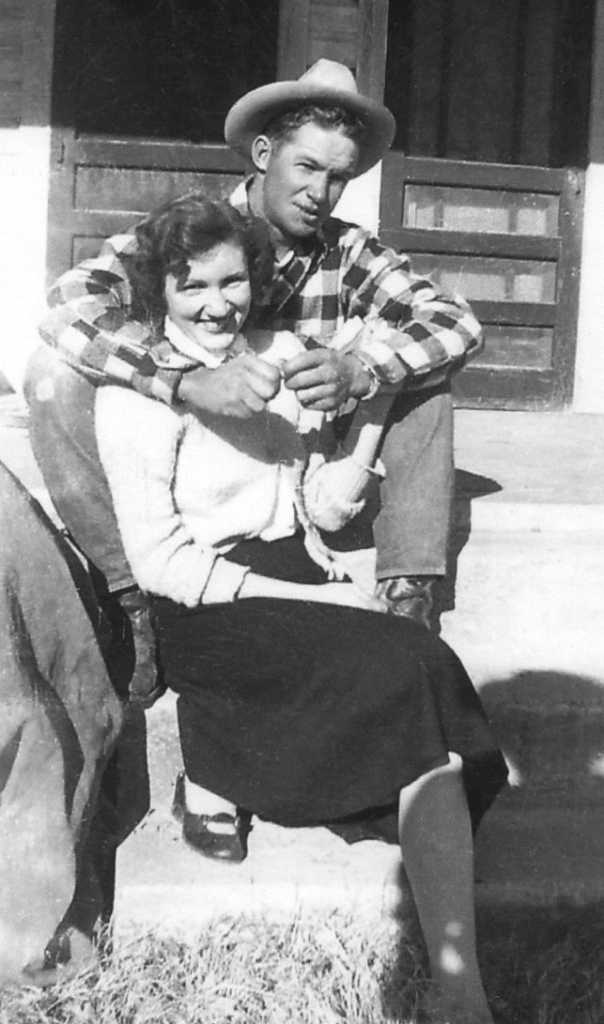
West Texas is tough. With its countless cowboy and Indian tales, rocky, dusty West Texas is the most Texan setting, inspiring the imaginations of authors, filmmakers, and even playground adventurers. Dozens of outlaws, gunslingers, Rangers, desperadoes, and banditos met their end in the Texas mountains, where the Hill Country becomes the treacherous frontier. In the 20th century, those far reaches of the state were home to hundreds looking to expand the Texas oil business. So many sought their fortunes out past Dallas, Austin, and San Antonio — Bob D. and Ann Henderson were one of those families in the 1950s, and their journey through West Texas is a very Texas story. Here are some of their highlights.
OIL!
Since the 1920s, nothing has played a greater role in the story of West Texas than the oil and natural gas buried beneath. Oil had been a Texas industrial staple for a few decades by the time it was discovered in West Texas’ Reagan County in 1923. Locals and land speculators around the Santa Rita oil field flooded the boomtown Big Lake, Texas. Within five years, the population of Big Lake had skyrocketed from nearly one hundred to two thousand people, and with them the need for specialists, engineers, and support like schools, housing, and churches. During the early years of Permian Basin drilling, it became clear that both towns would play their own unique roles in the West Texas boom—Midland was to become the financial and organizational center of the West Texas oil industry, while Odessa served as the transportation and supply center. Among the oil men in West Texas, Oklahoman E.W. Marland made a name for himself by examining the sound waves

Newlyweds on the Road
Bob D. Henderson, a self-proclaimed “old country boy,” took a job with Continental Oil (Conoco), which was moving a crew into town to survey new leases. By the time he met a young college student named Ann Swetnam, surveyor Bob D. and his Conoco crew were working in Aspermont, Texas. After months of letter writing, the sweethearts wed in 1950. Soon, Pecos, Texas needed Bob D. and his crew — actually, the crew members and their families moved back and forth between Aspermont and Pecos three more times in the first half of 1951. Itinerant doesn’t fully capture the newlyweds’ life for Conoco — after Pecos, there was Decatur, Gainesville, and Denison. Then Fort Davis, and back to Sherman, north of Dallas. Then to Abilene. Eden. Big Lake. Ozona. Sherman again. More towns, more months, the couple finally landed in Fort Worth…after 13 hard years, and five children.
“Of all the work we did out there, I never did find a gun. I kept thinking I’d find a gun out there where we were, dropped by a cowboy when an Indian had been after him. But like I say, I never did find any sign of anything like that.” — Bob D. Henderson

Scorpions, Snakes, Rats (and Other Co-Workers)
The life of a Land Surveyor, especially in West Texas, is tough even on an easy day. Once Bob D. and the crew were surveying a remote mountainous countryside, when one of his team members was stung by a scorpion, half a day’s walk from where they’d parked their truck. Another time, while surveying not far from the town of Valentine, Bob D. came across the rock fences, former makeshift forts for protection from night raids by the Apaches. Bob D. always kept an eye out for spear points and arrowheads along the ground where the crew walked for his collection, which included the name plate on a fender from a 1910 Fuller Buggy Roadster to an 1850 dime, bridle bits, lariats, numerous spurs, a couple of saddles, and a pack rat nest with a metal spur mixed in the tangle of twigs and limbs. Some of those spots became campsites where he and Ann would later bring their kids, and pretend to be the original pioneers on the West Texas frontier.

